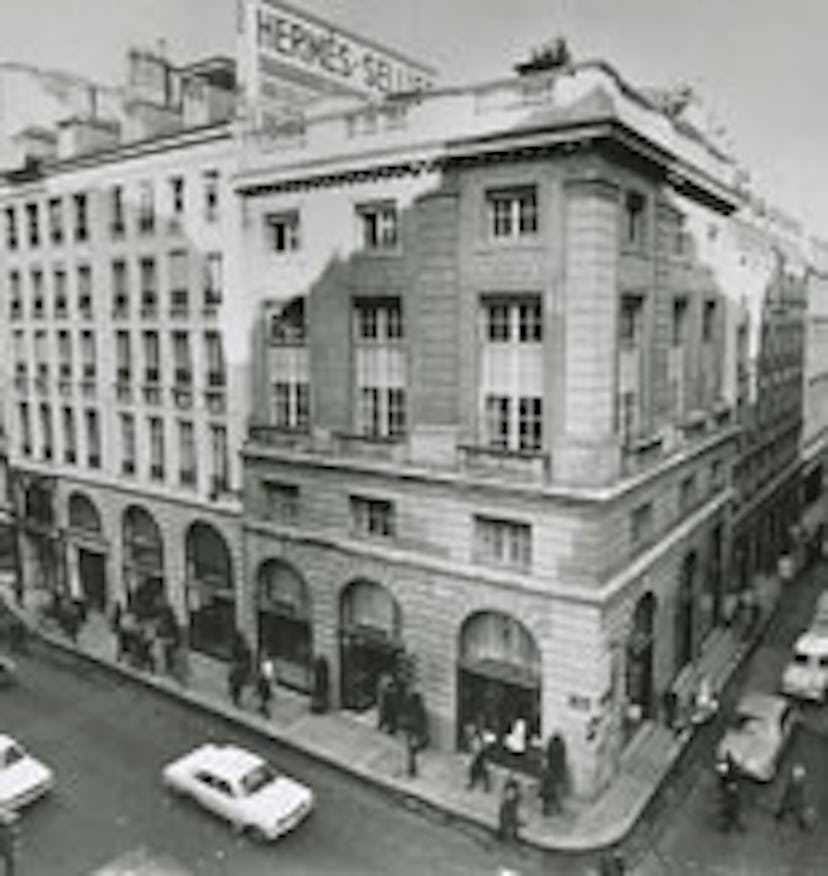Hermès: A History
We take a look back through almost 180 years as a saddlery grew into one of the world’s most iconic labels.

1
In 1837, Thierry Hermès sets up a harness and saddlery workshop, settling in 1880 at what is still their flagship location: 24 Faubourg Saint-Honoré.
2
Under the name Hermès Frères, in the early 1900’s, the company began to branch out, introducing the Haut à Courroies bag (which was originally intended to carry saddles) and “saddle stitched” leather goods—bags, luggage, sport and driving accessories. And a little-known fact: Émile-Maurice obtained exclusive rights to introduce the “American fastener,” or zipper, in France, which he applied to one of Hermes’ first leather handbags in 1922.
3
During the 100th anniversary, in 1937, the first scarf was created, inspired by the silk that had been used for making jockeys’ colors.
4
The Petit Sac à courroie pour dame, created in 1935, is renamed the Kelly after Grace Kelly famously carries it to hide her pregnancy.
5
In the 1980’s, Jane Birkin runs into Hermès president Jean-Louis Dumas on an airplane, complains about the purse she was carrying, and her six-year-waitlist eponymous bag was born.
6
Martin Margiela joins as women’s ready-to-wear designer in 1998.
7
Jean-Paul Gaultier takes over from Margiela in 2003.
8
Christophe Lemaire is appointed women’s Ready-to-Wear director in 2010.
9
Hermès’s New Denis Montel-designed rue de Sevres, Paris location opens in 2010.
10
The Jean-Michel Frank par Hermès for the Maison Collection launches in 2011.